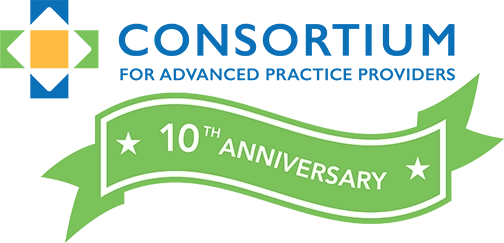Welcome to the inaugural posting in a new series exploring the purpose of the self study in the accreditation process.
I recently read Marie Kondo’s quirky best sellers: “the life-changing magic of tidying up; the Japanese art of decluttering and organizing” and the sequel “spark joy”. They are fun, easy reads, full of anthropomorphic observations and common sense suggestions. Her mantra is that organization occurs by keeping only those items that ‘spark joy’. The result is a calm, motivated mindset.
I especially like her chapter about messy closets:
“…it takes courage just to open them… There are two possible causes [for messy closets]… The first is that the closet is simply too full… The other cause of a messy closet is lack of knowledge… The basic rule is to hang clothes in the same category side-by-side, dividing your closet into a jacket section, a suit section, and so on. Clothes like people, can relax more freely when in the company of others who are very similar in type, and therefore organizing them by category helps them feels more comfortable and secure.
…When you stand in front of a closet that has been reorganized… you will feel your heart beat feaster and the cells in your body buzz with energy. This energy will be transmitted to your clothes. Even when you close the closet door, your room will feel fresher.”
So, what in the world does cleaning closets have to do with conducting a self study?
In concept, a self study is just like cleaning and reorganizing a closet, maybe a lot of closets since there are magnitudes of difference in the scale of activity! Think about it. The Standards provide the general categories. Within each Standard are sections – one section for each group of related activities, whether is it in the mission, curriculum, evaluation, administration or trainee services.
Without a doubt, it takes courage to begin, but the process is manageable and provides tangible rewards. With a reasoned, step-by-step approach to conducting a self study, programs can begin to experience the benefits of the process even before the self study has been completed. Having a systematic, outcomes-driven plan makes the self study process feasible and the rewards can be reaped more quickly.
On numerous occasions participants in a self study have told me, much to their surprise, that while the process is time consuming, it truly was energizing and resulted in expected as well as unexpected observations that improved their programs. Communication and understanding improved. Collegiality and collaboration became standard practice. Innovation occurred and best practices evolved. Goals were achieved and exceeded. Perhaps it’s a slight exaggeration — one might say, the self study “sparked joy!”
After making the courageous first step of embracing the self study, the second step is creating a plan for how to organize the evaluation of each standard – how to categorize and evaluate your activities. The NNPRFTC Accreditation Preparation Self Study Guide provides detailed suggestions, using the Accreditation Standards as anchors, for how to implement the self study process. I’ve adapted the Self Study Guide’s process for regular program evaluation into a basic nine-step plan.
- Assemble the evaluation group (eg: representatives of the program’s administration and external expert(s) such as a department leader, a rotation director, a QI/QA expert, and an expert in education such as curriculum design/evaluation.) The optimal size of the group is 3-8 people.
- Engage program leaders, constituents and stakeholders in a discussion of program aims (ie: Standard 1: Mission, Goals and Objectives).
- Conduct a SWOT analysis (internal programmatic strengths and weaknesses; external local/regional/national opportunities and threats).
- Combine #2 and 3 to identify targets for data collection. Collect data.
- Obtain stakeholder input, including: current and past trainees, potential employers, patients, preceptors, etc. Collect data.
- Aggregate, analyze and interpret data to generate a longitudinal evaluation of the program’s performance.
- Discuss the findings with constituents and stakeholders.
- Implement the 360-feedback loop, using the findings to systematically make relevant changes to the program.
- Update annually.
Over the next several months, we will explore in more detail how to conduct a meaningful and relevant self study using these nine steps. In creating this series, please do reach out to me personally or through the comments box to create a conversation about how to conduct a self study. I look forward to your questions, concerns, experiences and observations – they will enrich the posts and the conversation.
Until next time – in health and peace,
Candice


